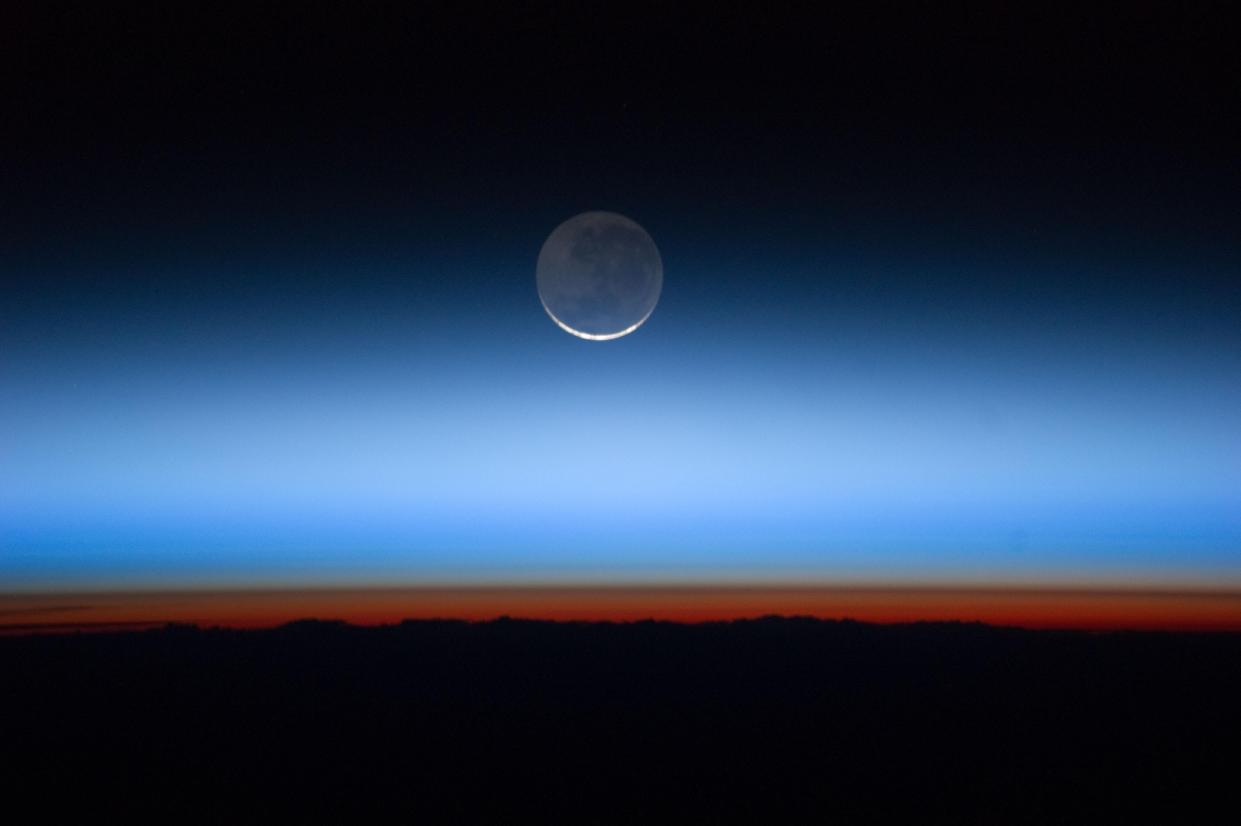All life's a circle: Why do shrimp and mullet migrate up and down the St. Johns?

More years ago than I care to admit, I sat in what Jacksonville University now calls “Historic Swisher Gymnasium” and listened to Harry Chapin sing to what he then referred to as the “cheap seats.”
That was back in the day when musicians practiced their craft performing at colleges and universities, trying to build an audience who would buy their records.
Records were these vinyl discs that came in various sizes depending on the speed that you played them and required a special turn table “record player” that rotated the disc at a specific speed. Some folks might remember them as “78” “45” or “33 and a third” rpm’s or rotations per minute. The largest were also known as “LP’s” or Long Play, and I still have quite a collection.
A few years ago, my son saw me playing some LP’s and asked me “What kind of floppy disc is that?” Even that question is dated by today’s standard where 8-track cassettes and Walk-Man are antiquated terms, but I digress.
What triggered this sprint down memory lane was when a reader asked me to explain the migration of shrimp and finger mullet up and down the St. Johns River. When they asked the question, they were watching schools of bait moving south.
The answer caused me to think about Harry Chapin’s song “All My Life’s a Circle.” The mind is a mysterious device.
You can sing along with me “All my life's a circle; Sunrise and sundown; Moon rolls thru the nighttime; Till the daybreak comes around.’ Second verse- ‘All my life's a circle; But I can't tell you why; Season's spinning round again; The years keep rollin' by.”
It is really true that life is but a circle. I frequently wish people congratulations on their birthday for another successful trip around the sun. And what drives most animals, fish included, is the search for food and desire to reproduce. And what causes them to move in a somewhat regular pattern is the rhythm of those circles.
And it is all a bunch of circles, albeit often elliptical ones, as the Earth spins in relation to the sun, while the moon rotates around the Earth, with the Earth and moon making a loop relative to the sun. Sometimes the moon is closer to the Earth than at other times. And the same is true of the Earth and moon in relation to the sun. And as Harry sang “Season's spinning round again; The years keep rollin' by.”
Outdoors: September bait migration brings variety of gamefish
So, we end up with the tides driven by the rotation of the moon relative to the Earth and the yearly seasons by the relationship of the Earth to the sun. That, in turn, gives us a cycle of life when there is, as the Bible says in Ecclesiastes, “for everything there is a season, …a time to be born, and a time to die, a time to plant and a time to harvest.”
Such is the cycle of life that drives fish to swim into the river to spawn, or out of the river to do the same thing. Animals have evolved to take advantage of the season to their benefit. They also move in search of food, which, in turn, is a cycle based on the season and amount of sunlight. Animals can sense the shortening of days and know how to move to warmer waters, or lengthening days which means there will be food and it is time to reproduce.
Harry Chapin singing “All my life’s a circle” keeps ringing in my head. And it is so true.
Glad you asked River Life

Why do some animals migrate upstream into the river, while others move out of the river offshore?
As mentioned in this month’s column, animals move in response to varying conditions. What they do depends on competition and where they can have their best chance to survive. Their ability to find food and ultimately reproduce is the key. So, animals have evolved so that everyone doesn’t do the same thing. Like people, some like it hot, while some like it cold.
River Life runs the first Tuesday of each month in The Times-Union. Email Quinton White, executive director of Jacksonville University’s Marine Science Research Institute, with questions about our waterways at qwhite@ju.edu. For more on the MSRI, visit ju.edu/msri.
This article originally appeared on Florida Times-Union: Jacksonville professor: Fish migrate to feed and spawn in cycle of life

